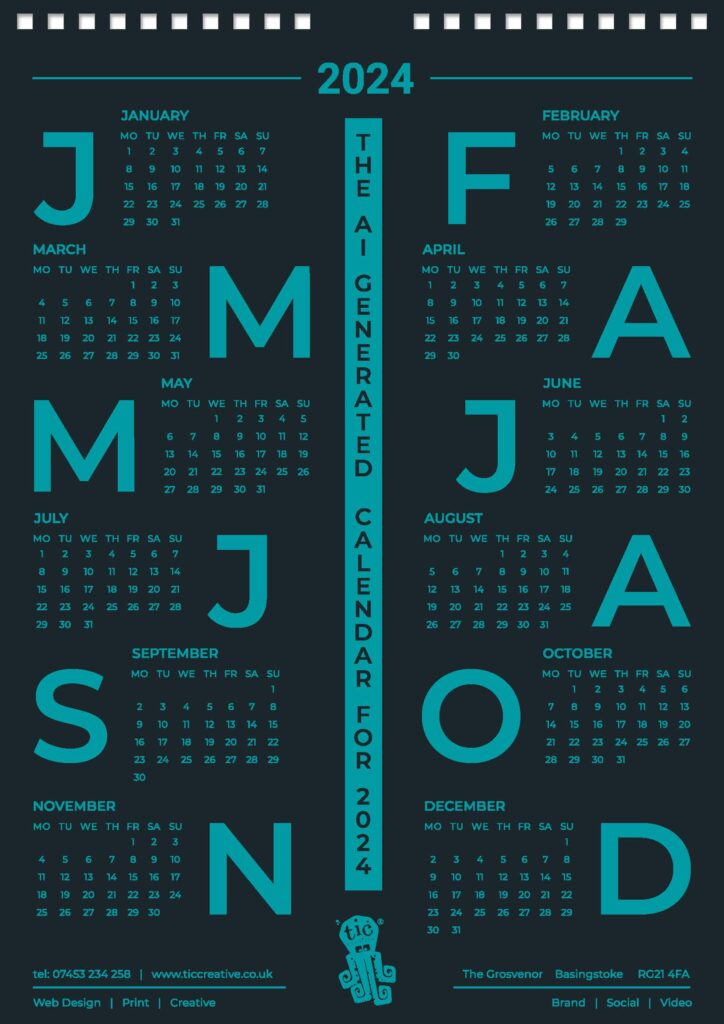
5 Tips for Mastering Responsive Web Design
🌐 1. Mobile-First Approach
Start your design process with mobile in mind. With the increasing prevalence of mobile browsing, a mobile-first approach ensures that your site is inherently responsive. This method prioritizes performance and usability on smaller screens, which then scales up to larger devices.
📏 2. Fluid Grids are Essential
Implement fluid grid layouts that use relative units like percentages, rather than fixed units like pixels. This allows your content to adapt to different screen sizes and orientations seamlessly, maintaining layout integrity and user experience.
🖼️ 3. Flexible Images and Media
Use CSS to ensure images and other media content are scalable. This means they resize within their containing elements to adapt to varying screen sizes, preventing them from distorting or breaking the layout.

📲 4. Prioritize Content Based on Device
Not all desktop content may be necessary or suitable for mobile devices. Prioritize content and features based on the user’s device. For mobile users, streamline content to present only the most essential information in an easily digestible format.
🔍 5. Regular Testing on Multiple Devices
Test your design on various devices and browsers to ensure consistency. Responsive design should provide a uniform experience across different platforms. Frequent testing helps identify and fix any discrepancies or issues.
🛠️ Bonus Tip: Utilize Responsive Design Tools
Leverage tools and frameworks designed for responsive web design. These can simplify the process, ensuring a more efficient and effective design workflow.
Stay connected for more insights into web design and digital strategy. Let’s create web experiences that are accessible and enjoyable for everyone!











